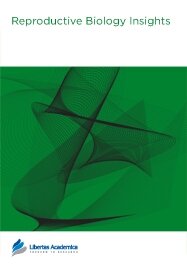

Publication Date: 09 Apr 2009
Type: Review
Journal: Reproductive Biology Insights
Citation: Reproductive Biology Insights 2009:2 11-21

Trophectoderm formation is the first cell lineage segregation during early embryo development. Further differentiation of trophectoderm to various types of trophoblasts is the key event of placentation process, which is crucial for embryonic implantation and successful pregnancy. The anatomic structure of human placenta is different from that of rodents which have provided the best model to study molecular and cellular mechanisms of trophoblast development. However, due to ethical and practical restrictions, the regulatory mechanisms of human trophoblast development are poorly explored and understood. Recent evidences demonstrate that human embryonic stem cells (ESCs) are capable of differentiation towards trophoblasts in culture, after induction by extracellular signals or specific genetic manipulation of master regulatory factors. This review summarizes recent advances in deriving human trophoblasts from human ESCs, and suggests novel mechanisms that regulate the human trophectoderm commitment.
PDF (2.22 MB PDF FORMAT)
RIS citation (ENDNOTE, REFERENCE MANAGER, PROCITE, REFWORKS)
BibTex citation (BIBDESK, LATEX)

In my experience Reproductive Biology Insights is a model for author-friendly open access journals, combining rigorous peer review with efficient speedy processing. It has been a pleasure--and no pain--working with such a good editorial and production team.
Facebook Google+ Twitter
Pinterest Tumblr YouTube